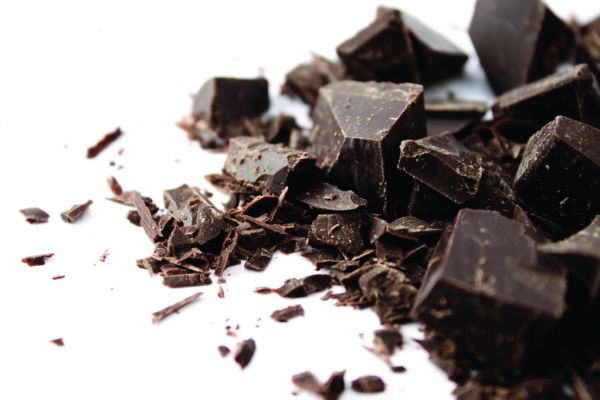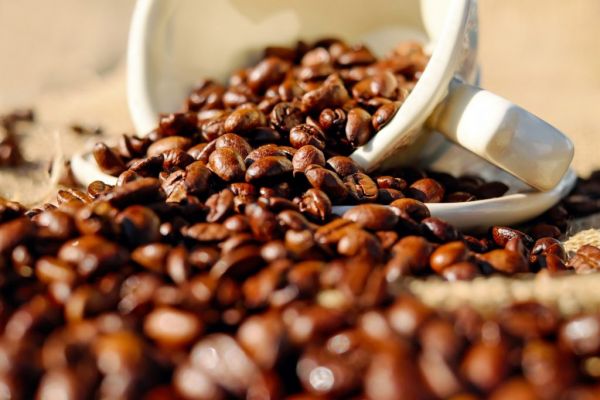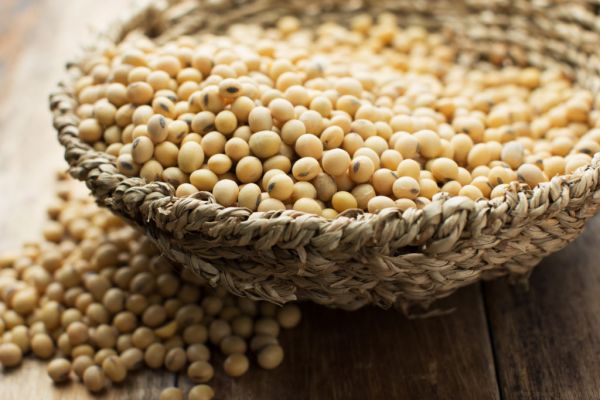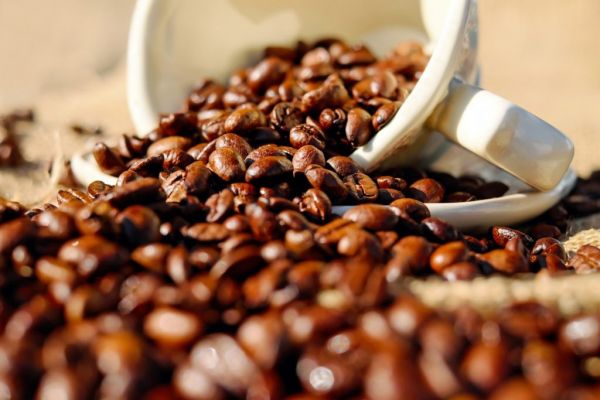Cocoa prices are spiraling lower, making chocolate cheaper just in time to stuff those Christmas stockings even more full of treats.
Futures in New York have tumbled to a three-year low as rains improve crops in West Africa, which grows more than two-thirds of the world’s cocoa each season. The output gains mean the market is shifting from a production deficit to the biggest surplus in six years, according to Citigroup Inc.
Adding to the overhang: people are eating less chocolate. In the US and Europe, the largest consuming regions, snackers are seeking out healthier options. At the same time, confectioners have reduced the size of sweets and are using more fillers, the result of cost-cutting measures when cocoa surged in the four years through 2015. Investors are betting on ample supplies, reducing their net-bullish position to the smallest since 2012.
Less demand and more supply is “a double punch for cocoa,” said Lara Magnusen, a La Jolla, California-based portfolio manager for Altegris Advisors LLC, which oversees $2.47 billion. “Prices will likely stay depressed for fundamental reasons.”
Shrinking Wagers
Hedge funds cut their cocoa net-long position, or wagers on price gains, by 36% to 3,599 futures and options in the week ended 6 Decwmvwe, according to Commodity Futures Trading Commission data released three days later. That’s the smallest since June 2012, when the investors had a net-short holding.
On ICE Futures U.S. in New York, cocoa plunged 9.4% last week to $2,170 a metric tonne, the biggest loss since 2009. Prices reached $2,161 on Friday, the lowest since July 2013, and have dropped 32% this year, averaging $2,884. That’s the biggest loss among the 24 commodities tracked by the Standard & Poor’s GSCI Index.
The drop for cocoa is a boon for chocolate fans. Retail prices for the confections dropped 16% in the four weeks through 6 November from the prior four-week period, according to data from Chicago-based researcher IRI compiled by Bloomberg Intelligence.
Costs are falling amid the peak period for demand in the U.S. The chocolate holiday season starts with Halloween, celebrated on 31 October, and is followed by Christmas, Valentine’s Day and Easter, according the Washington-based National Confectioners Association.
Price Reversal
The losses are a reversal from just last year, when cocoa traded in New York capped a fourth straight annual gain that took prices up more than 50% over the period. At the same, prolonged drought in West Africa had hurt plants.
The good news for chocolate addicts: there are signs relief from high prices is here to stay. In the week ended 4 December, cocoa-bean arrivals from Ivory Coast, the top producer, surged 49% from a year earlier. That’s the third year-on-year gain in the past four weeks.
Many analysts have reduced their expectations for the deficit in the 12-month crop year that ended 30 September, and Citigroup forecasts a surplus of 220,000 metric tonnes in the current season. That would be the “loosest” balance since 2010-2011 as output rises 9% and demand drops, the bank said in a report last week.
There’s unlikely to be enough demand to soak up the rising supplies because consumption is already very high and products such as yogurt are taking market share as consumers seek snacks with less sugar, said Jack Skelly, a food analyst at Euromonitor in London. Global retail sales are down about 1.9% since 2014, data from the researcher show.
“European demand has been pretty sclerotic,” said Edward George, the London-based head of research at Ecobank Transnational Inc. “Demand is flattening out in developed markets. And while it’s growing in emerging markets, that’s coming from a tiny base.”
One hope for bulls is that the recent rout could help to revive demand from chocolate makers. As costs drop and margins improve, some processors could start adding back more cocoa to their recipes and using fewer fillers and substitutes. Bean grinding, a measure of demand, rose during the third quarter in North America, Asia and Europe.
“Prices are overdue for a rally,” said Judy Ganes-Chase, president of J. Ganes Consulting in Panama City, Panama. “My views are grind driven due to attractive margins,” and not because of demand from “the average consumer doubling his intake of Godiva chocolate bars,” she said.
News by Bloomberg, edited by ESM. To subscribe to ESM: The European Supermarket Magazine, click here.














